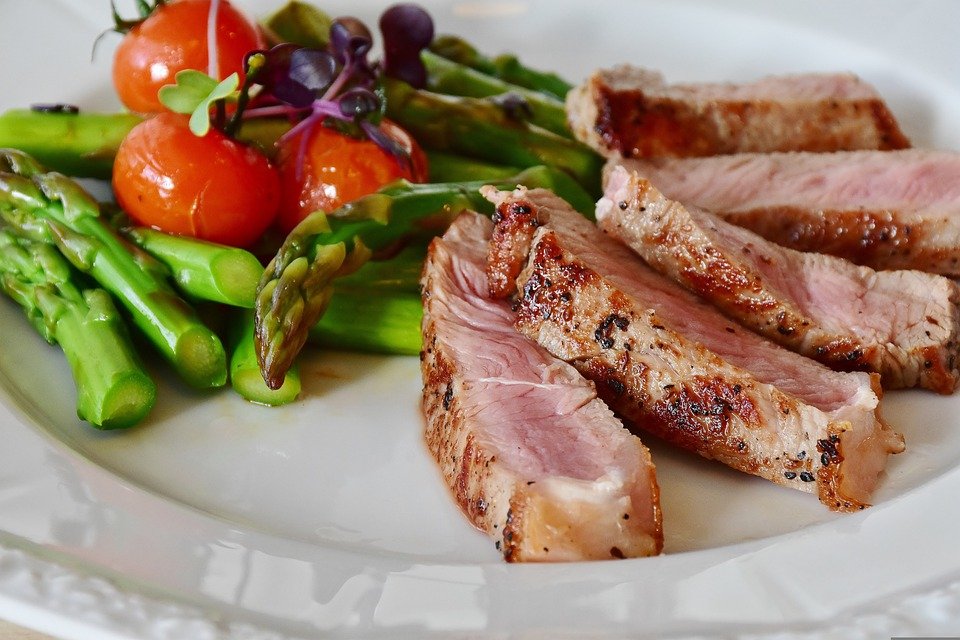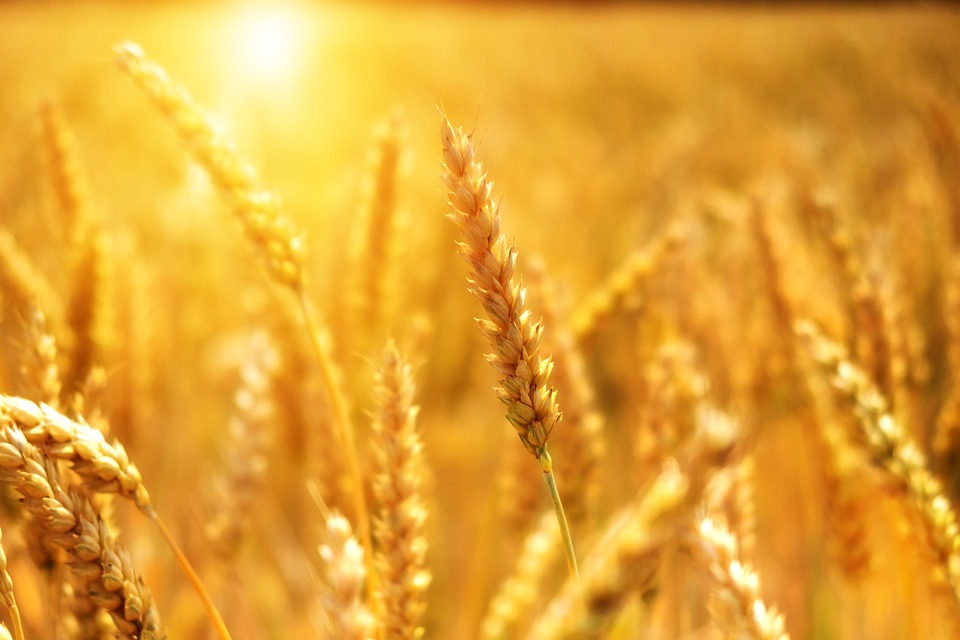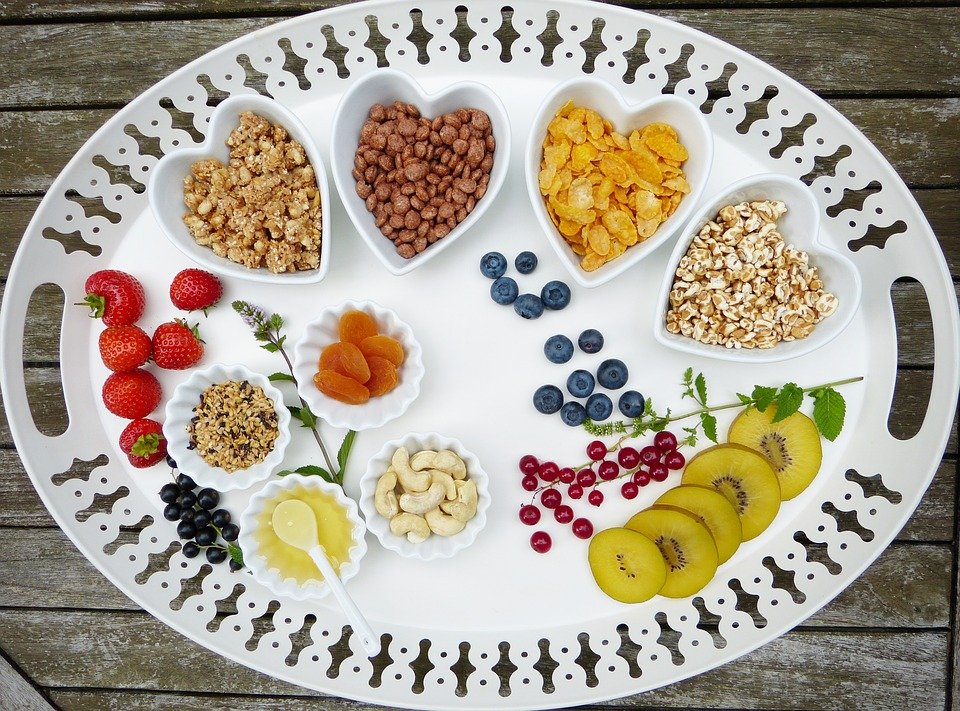
The History of Organ Meats
Some people feel squeamish or unsure when it comes to organ meats because of their history. This may help you to understand the issue and how it relates to the bigger picture. Many people have become removed from the sources of their food.
More and more food is being produced in factories, using machines, chemicals, and other forms of technology. This process has led to a decline in the quality of food, as well as a decrease in the number of jobs in the food industry.
- Grains of all kinds are highly processed, coated with sugar, and put into boxes.
- Heirloom vegetables and unique fruits have been phased out and replaced with generic varieties that are easier to grow, transport, and display.
- Dairy is skimmed, pasteurized, and fortified with synthetic nutrients.
- Every store offers the same cuts of meat—chicken breasts, tenderloins, steaks—all neatly wrapped in plastic and displayed in rows in the refrigerated section.
The Way Food Used to Be…
Our food supply certainly wasn’t always this way. People didn’t just consume muscle meat. Many traditional diets from around the world are rich in dishes containing organ meats and other high-protein options. Organ meats are not as popular now as they used to be, but in the past, they were often eaten as part of everyday meals.
Price, eat diets based on traditional foods Many indigenous peoples studied by Dr. Weston A. Price have diets based on traditional foods and are very healthy. Price ate organ meats frequently. In hunting cultures, the heart and brain were usually the first organs to be consumed. The belief was that they would inherit the animal’s strength and intelligence.
Even with the introduction of modern farming, people still enjoy organ meats as delicacies. Offal is less common than muscle meat, so it was seen as a luxury, often reserved for people with money.
Organ Meat: Falling Out of Favor
There was a significant shift in the consumption of organ meats at the end of the 18th century when industrialized farming began to take hold. The spread of commercial techniques and the rise in the number of slaughterhouses led to a dramatic increase in the availability of meat, while the price declined.
Since offal is delicate and difficult to store, it eventually became too expensive and time-consuming for companies to prepare it on a large scale. Some of the meat from diseased cattle was either discarded or ground and sold off for use in pet food.
The Big Problem of Factory Farming
This method of factory farming has resulted in large quantities of meat being produced at a lower cost; however, several negative consequences cannot be ignored. It has contributed to:
- Substantial pollution
- Decreased biodiversity
- Declining nutrient levels in soils
- Inhumane treatment of livestock
We have stopped being grateful for the food we have and where it comes from. We no longer have respect for the animals that our food comes from.
Losing Out on Nutrients
This scenario is so unfortunate! If we want to get the most out of our food from a nutritional perspective, we should be eating more organ meats. These meats offer a range of health benefits that other foods don’t provide. Offal has concentrated, bioavailable forms of vital nutrients including:
- Zinc
- Iron
- B vitamins
- Selenium
- Amino acids
- Alpha Lipoic Acid
It also has specialty nutrients that are difficult to obtain from other foods:
- Heart, for example, is a great food source of copper, an important mineral that is needed in a healthy balance with zinc. Just 4 ounces of beef heart also contains more than 500% daily value of vitamin B12 and every essential amino acid.
- Kidney contains an incredible amount of lean protein, selenium, B2 (riboflavin), and B12.
- Liver provides more nutrients gram for gram than any other food and is particularly rich in vitamins B12, folate, and vitamin A.
The health benefits of traditional cultures have been confirmed by advances in nutritional science.
Are Organ Meats Healthy?
Nature’s Multivitamin
People often don’t realize that organ meats, especially the liver, are packed with nutrients. The liver is an excellent source of many nutrients. Chris Kresser has a great post on the topic where he explains:
Vitamin A
” Liver is a good source of vitamin A in the form of retinol. If you were to eat just three ounces of beef liver, you would be consuming 26,973 IU of vitamin A. In comparison, pork liver and chicken liver contain 15,306 IU and 11,335 IU of vitamin A, respectively. If you want to make sure you’re getting enough vitamin A, you should either supplement with cod liver oil or eat liver a couple of times a week. This is especially important if you have skin problems.
Vitamin B12
Beef liver contains a significantly higher amount of vitamin B12 than other meats.
Organ meats are packed with nutrients that are essential for good health, including folate, choline, and zinc.
How to Eat Organ Meats: Beginner to Advanced
What is the best way to become a nutritional superhero by eating more organs? The majority of people find it most straightforward to initially try meats that are similar to what they are accustomed to, and then branch out from there.
Start with a heart for coQ10 and riboflavin
Most people begin with the heart as their first organ. You are probably aware that your heart is located in your chest and that it continually pumps blood throughout your body while you are alive. That’s a lot of reps!
Our hearts contain a high concentration of mitochondria and the nutrient CoQ10 to produce energy efficiently. “It’s kind of a big deal” means “it’s important”. If your mitochondria suddenly stopped pumping out this amazing molecule, you would die instantly.
How to eat heart
Beefheart is a good place to start because it is large and easy to work with. Although you may have to go to a specialty store, it is worth it to get a beef heart. Contact your nearby butcher shop and request organic meat.
Organ meats are often cheaper than muscle meats because people are less likely to want to consume them. Score!
First, give it a rinse and pat it dry. Most butchers will have removed the tough gristle from the middle, allowing it to be cooked like a steak. When you look at a steak, you will see that it is made up of fat, a thin silver layer, and some arteries. Don’t let that intimidate you — it’s all food. Trim it with a sharp knife if you want, but remember:
- Your brain, bone marrow, and cell membranes love organic, grass-fed animal fat
- Connective tissue is collagen, and the more collagen the better, especially as you get older
- You won’t notice the silver skin once it’s cooked
I’d recommend you leave it all intact.
Then, put a good amount of cooking fat into a hot pan and cook it lightly like a steak. This video will teach you how to grill food while minimizing the negative effects.
Enjoy! This meat is very similar to steak in taste and feel. When you cut it, it is beautiful to look at. This makes it a good starting point for those new to eating organs.
Moving on to more advanced organ meats
What other ways can you get riboflavin? Examples of organ meats that are especially revered in the pantheon of organ meats include the heart and the liver. I’m talking about the liver and kidney, two things that hold a very special place in my diet and my freezer. Both of these options are rich in riboflavin and other nutrients.
Liver
Liver is not a common food in Western countries, and some people may have negative associations with it. Liver is often one of the favorites for those who have grown up eating it and are accustomed to its strong taste. Liver is regarded as a true treasure by many. Some people take a while to get used to the taste, but after a few tries, they start to like it.
Let’s be honest. Although the liver may have a strong taste, it is worth considering as it is a very strong organ. As I said before, the liver is an excellent source of riboflavin. There is no better source of riboflavin than this. Liver is the Jedi of organ meats in terms of riboflavin and other nutrients. Just 3oz of liver contains a large amount of riboflavin that is easily absorbed by the body. This is truly unicorn superfood status.
The most prized organ meat in human history
This will probably surprise you if you’re not an anthropology student. The one organ that humans have sought out above all others throughout recorded human history is the brain. The organ in question is so revered by indigenous peoples that it has become the namesake of a god, and is commonly used as a greeting.
This organs is fat!
We don’t usually think of muscle as an organ or fat as something valuable, but we’re wrong about that.
In “The Fat of the Land,” Stefansson states of the Inuit:
“While the meat of any kind is in great demand, it is interesting to note that the following are favorite cuts:
- Brisket of beef with fat and cartilage.
- The skin and subcutaneous fat of a warthog. Pig skin is never saved for rawhide and leather. It is too valuable as food and is eaten after singeing off the hair, and prolonged boiling. Plump cow skin is similarly eaten…
- The hog’s head; brains and fat are both delicacies.
- The liver of any animal.
- The hands and feet of the monkey because of the fat content.”
An example of this is that Inuit traditionally avoided wasting the connective tissues of animals, such as the sinew, which they rendered into a durable thread used for bindingSecuring or fastening something in place with a cord, strap, or band. and sewing. The Inuit traditionally avoided wasting the connective tissues of animals, such as the sinew, which they rendered into a durable thread used for binding and sewing. In a recent podcast, Dave and I discussed the importance of collagen as a source of glycine. Glycine is incredibly important, and we can’t overemphasize that enough.
Anthropologist Speth concluded that:
The hunters seemed to base their decisions of which animals to kill and which body parts to discard on the amount of fat the animal had, rather than the amount of protein.
Further [Lee] writes about the Kung of the Kalahari:
The Kung people are always wanting animal fat, as it is something that is highly desired.
About the James Bay Cree, [Rockwell] writes:
“They believed it had mystical powers and was essential to good health.” According to Cree, fat is the most important part of any animal. They think it has magical powers and it’s necessary for good health. Animals with a lot of body fat are valued by some cultures because the fat can be used for cooking. Coote and Shelton say that some people in Arnhem, Australia believe that animals without fat are not good to eat.
My favorite story about fat comes from Andean Indians who use the word “Wiraqocha”, which means “a sea of fat,” as a way of saying “hello” and expressing good wishes. One of the main deities within Mayan society is also known by the same name.
Why has fat always been so prized? Animal fat from well-raised animals has many unique nutrients, which is why it was chosen for its high caloric content.
There are some forms of vitamin K2, most of which are found in animal foods. Liver and the fat of duck and emu contain the highest levels of K2. There is not enough evidence to say whether grass-fed beef fat has a high content of K2, but since K2 is a fat-soluble vitamin, it likely does.
Grass-fed animal fat is also a source of other fat-soluble vitamins, like vitamin E. Studies have found that grass-fed meat is higher in many nutrients like vitamins E, C, and glutathione (a major cellular antioxidant). Although there are some differences between vitamin K2 and K1, there is not enough research on the nutrients present in animal fat to determine what is actually in it. Since vitamin E is a fat-soluble nutrient, I would expect it to be present in robust amounts of animal fats.
How would one go about eating animal fat? One way to get more fat into your diet is to eat fattier cuts of meat. The fat surrounding grass-fed meat is trimmed off by butchers ahead of time. The fat from these trimmings can complement the organs in our diet.
The most abundant source of fat on most animals is the fat surrounding the kidneys, also called perinephric fat or suet if it comes from cows. Although many companies sell trimmings and suet from grass-fed animals, White Oak Pastures and US Wellness meats are two of the most popular.
Humans have always needed fat as a source of energy. If we want our metabolism to run smoothly, we need to consume carbohydrates rather than protein. If you are interested in a ketogenic, carnivore, or low-carb diet, you will generally avoid carbohydrates. If you only consume protein, you will likely feel very unhappy.
The debate over whether it is better to consume a diet high in carbohydrates or one high in fat continues. I don’t think that carbohydrates are bad for all people. However, it seems abundantly clear that low carbohydrate diets, such as the carnivore diet, the ketogenic diet, and low-carb versions of the bulletproof diet, have helped a lot of people lose weight and decrease inflammation.














